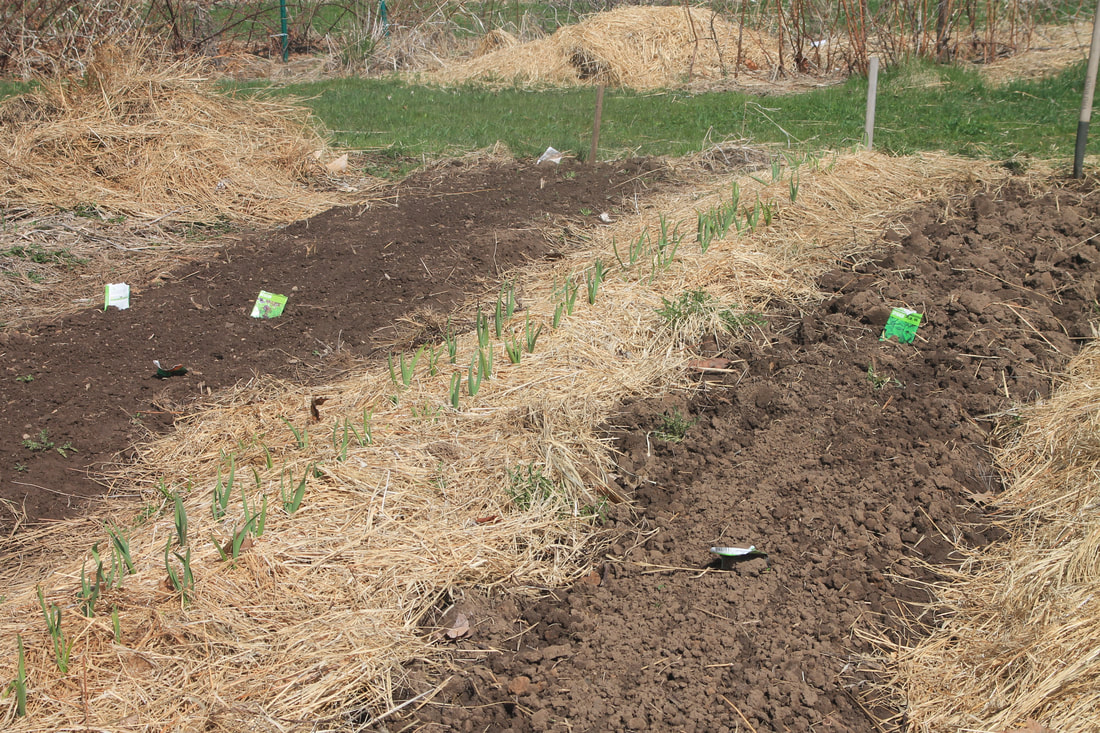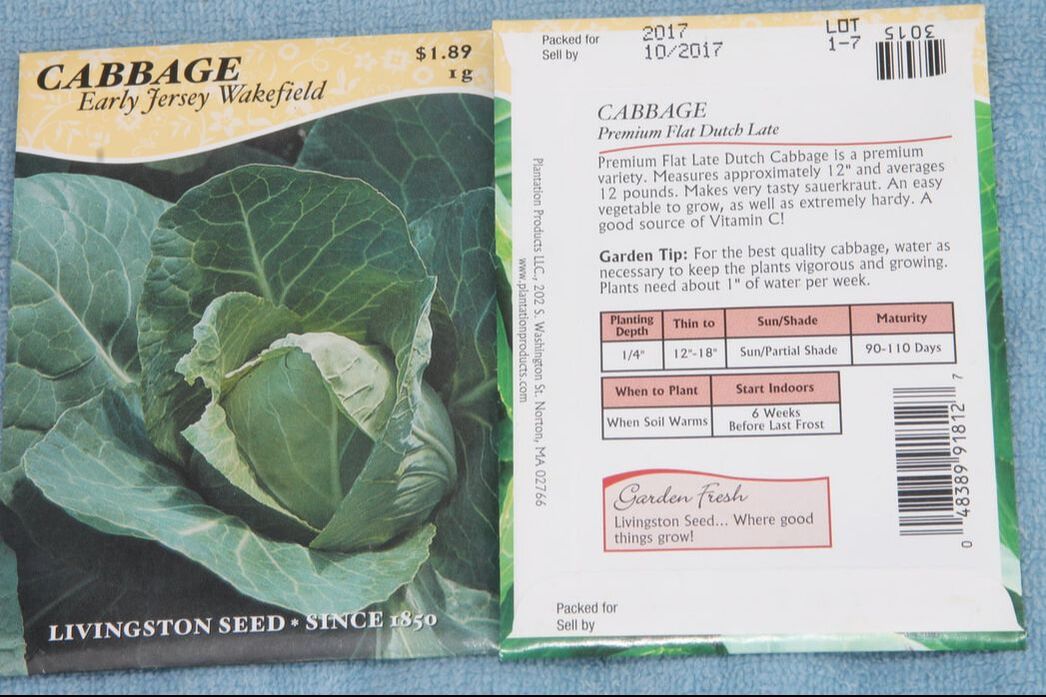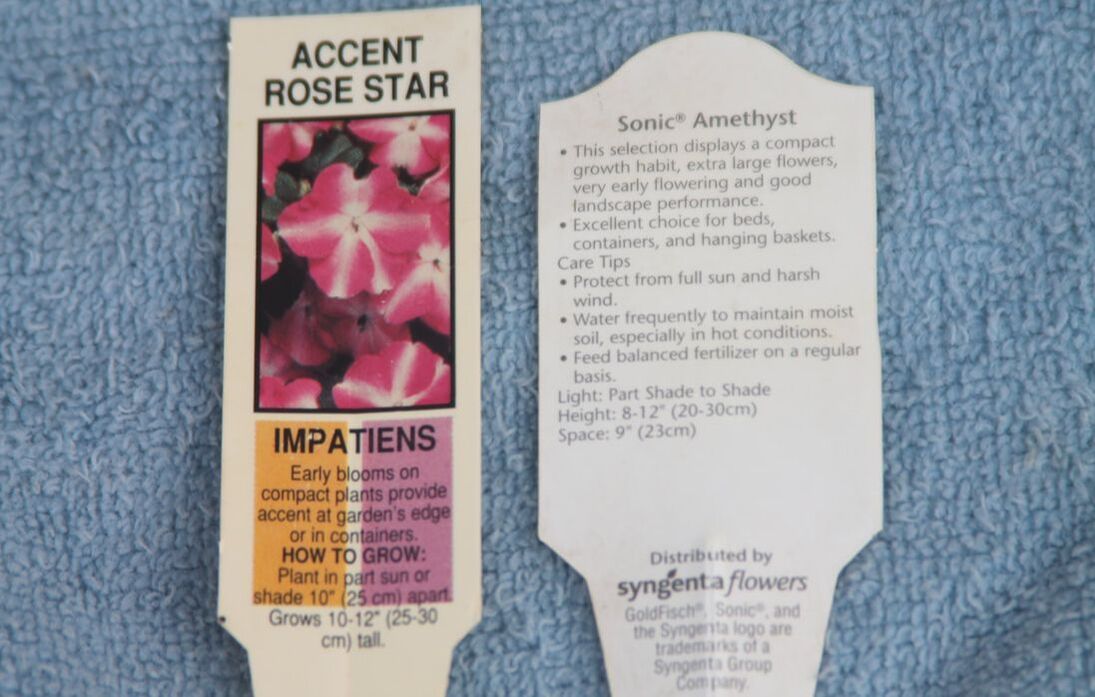|
Ok, you have decided you want to have a garden. You have a tentative plan to handle the work. You have made a list of what you think you want to grow. You have done some research by reading some books, looked at catalogs, watched videos and are now ready for the next step. Step 4: Where Am I Going To Garden?Gardening at home is definitely more convenient. You can walk right out the back door and pick tomatoes or lettuce for lunch or beans for supper. Look at your yard. If you haven't paid attention to the sunlight in your backyard. Now is the time to start. Most veggies need at least 6 hours of direct sunlight. Some will grow with less. If you have too any trees you are faced with a decision of cutting some down or looking at other options. Patio gardening with pots or containers is another option but again you need the sunlight. Another option might be gardening at a friend or relative's house. Another option is the River Valley Area Community Gardens or a community garden in your town or city. There is definitely enough sunshine. At RVACG, there is also the option of a mentor to help get you started and lots of people to visit with to get advice on gardening things. With ornamental gardening, there is a much greater variety of plants for all varieties of sunlight from shade to partial shade to partial sun to full sun. Step 5: Decide whether you want to start seeds early, direct sow into the ground or buy transplantsStarting seeds early can be fun. It is exciting to see their little leaves popping out of the starting soil. You need lots of light and warmth to start seeds at home. The recommendations for light run around 14 hours and consistent heat around 70 for starting seeds. Many people put in a special grow light over the table where their seeds are germinating. The light provides both warmth and light. Direct sowing into the ground is also an option. It means that you may have to wait an extra week or three for produce but it is still good. This is also where that maturity date is important. You don't want to plant a watermelon that takes 120 days to maturity and plant it June 1. If you are lucky, you will be harvesting around Oct. 1 but frost may get it first. If you are growing a small garden you might want to go to a greenhouse and purchase seedlings. The seedling transplants will give you produce a bit earlier than the direct sown seeds. Growers are starting seeds for everything. You can even purchase sweet corn transplants now. Almost There between Spring Green and Arena has both 4 packs and single purchase seedlings, especially in tomatoes so you aren't wasting seedlings. If you have room you can plant the extra plants to give produce to the food pantry or give the extras to friends. Anyway you choose is fine. You will learn what works best for you and your family. Not to discourage you but I am not a successful seed starter. I have a small garden. I didn't have a place to easily keep the seed trays when I started them nor a place to put a light. I have opted to purchase seedlings of tomatoes, cabbage and marigolds. It is easier. I have opted to plant seeds for sweet corn, lettuce, peas, beans and zinnas. Either way, you will probably want to purchase some seeds to purchase. You need to know how to read the information on a seed packet to successfully grow your seeds. Step 6: Reading a Seed Packet or a Transplant LabelYou are at the store or the greenhouse/nursery looking at seed packets and later in the season seedling tags. Each packet contains approximately the same information but arranged differently according to company. You need that information to make a good decision on what seeds to buy. What are you looking for? Description of the plant which may include tips to grow it successfully . Light requirements: Shade; Sun/Partial shade; Sun; or Full Sun Planting depth Direct Sow information / Start Indoors information Days to Germination: Always helpful so you know when to start looking for the leaves Days to Maturity: When can you expect to harvest When to Plant: Before last frost / After last frost / When soil warms Thin to: Spacing between plants Height Remember you want to specifically look at the light requirements, days to maturity, and when to plant. Want more information? In Megan Cain's book Smart Start Garden Planner, she has a "Veggie Essentials Cheat Sheet" which provides a lot of information including whether to direct seed or transplant. On her web site she has a series of blogs under Plan Your Garden. There are many web sites that explain how to read a seed packet. These are only a few of the ones I checked. Ferry Morse Seed Company Gardeners Path University of Nebraska-Lincoln A search in Google, Bing, or whatever browser you use will turn up lots of articles on reading a seed packet. I did not check YouTube but I am sure there are videos too. Go for it. Ready, set, purchase! Transplant seedlings will have most of the same information on their tags but none of the greenhouses should be selling any of those before early to mid April. You do not want to purchase them until you are and the soil are ready for them or they will not survive. Next time, we will be talking about cool weather and warm weather crops and getting your garden ready for planting.
0 Comments
Your comment will be posted after it is approved.
Leave a Reply. |
AuthorRose Schneider. Archives
January 2024
Categories |
HoursDaily: 7am - 8 pm
Daylight hours |
Telephone1-608-588-6040
|
|



 RSS Feed
RSS Feed